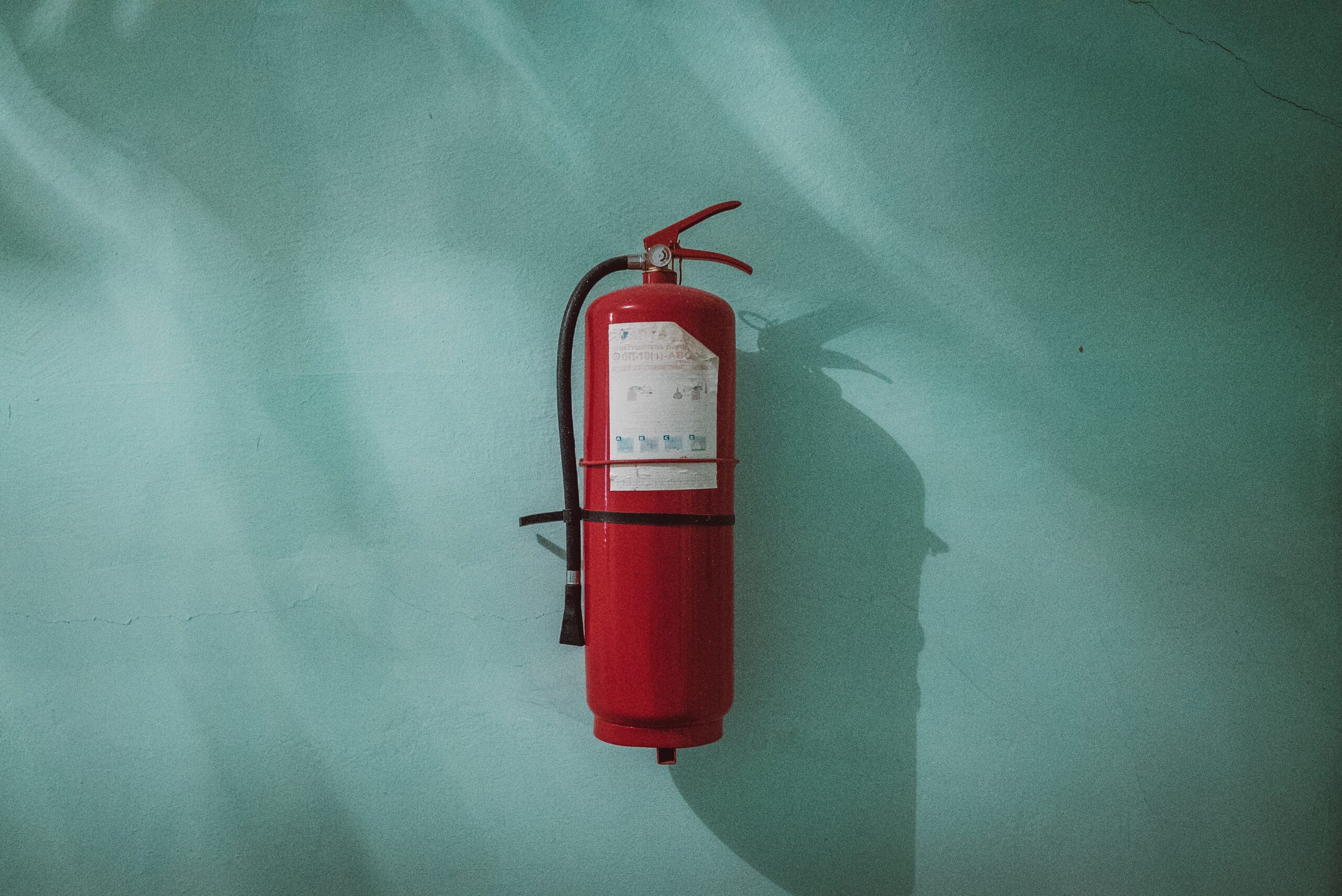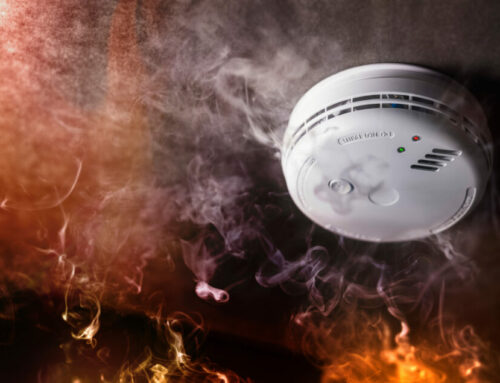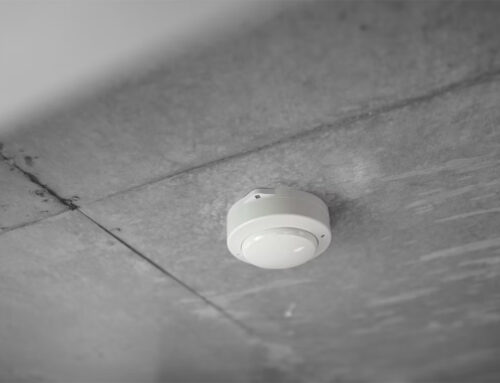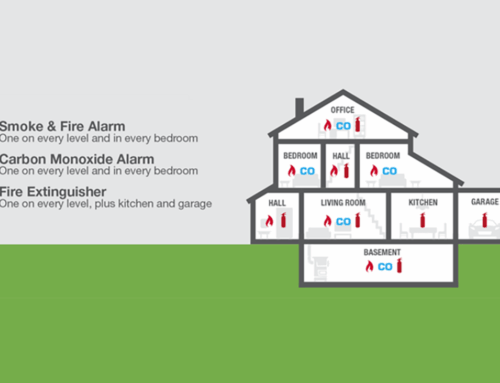In 2009, the State of Colorado and the City and County of Denver passed ordinances requiring Carbon Monoxide (CO) alarms in residences—a new facet added to governmental requirements for home safety. This document will tell you how to make sure you’re in compliance with existing requirements for smoke alarms and fire extinguishers, what you need to do to comply with the new CO detector requirements and best practices for home fire safety.
In 2016 there were 1,342,000 fires reported in the United States. These fires caused 3,390 civilian deaths, 14,650 civilian injuries, and $10.6 billion in property damage. (NFPA) Kitchens are the leading area of origin for these fires.
Functioning smoke alarms and portable fire extinguishers have proven effective in reducing the risk of death in home fires. Denver’s Fire Code has specific requirements for the inspection and testing of this equipment.
According to the NFPA, 24 of every 25 households surveyed in 2008 had at least one smoke alarm—but households with smoke alarms that don’t work outnumber the households with no alarms by a substantial margin. Almost two-thirds of home fire deaths resulted from fires in properties that lacked a functioning smoke alarm. When a smoke alarm fails to operate, it is usually because its batteries are missing, disconnected, or dead.
Any home maintenance program must include a smoke alarm, portable fire extinguisher, and carbon monoxide alarm maintenance.
Download the complete Residential Fire Safety Handout from the City and County of Denver:






Leave A Comment